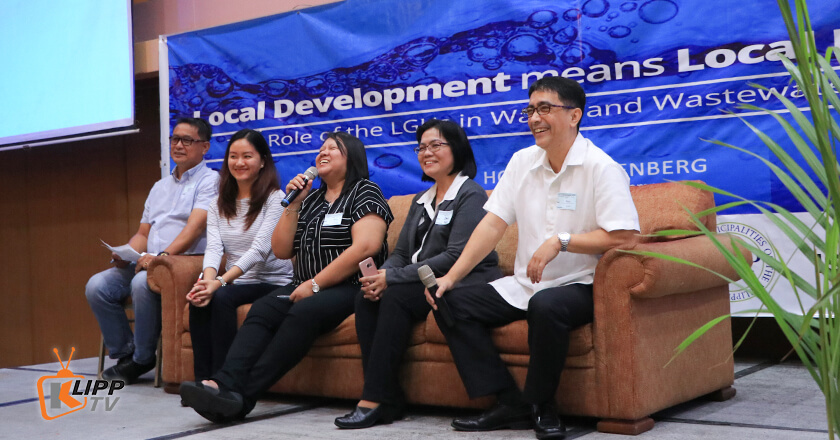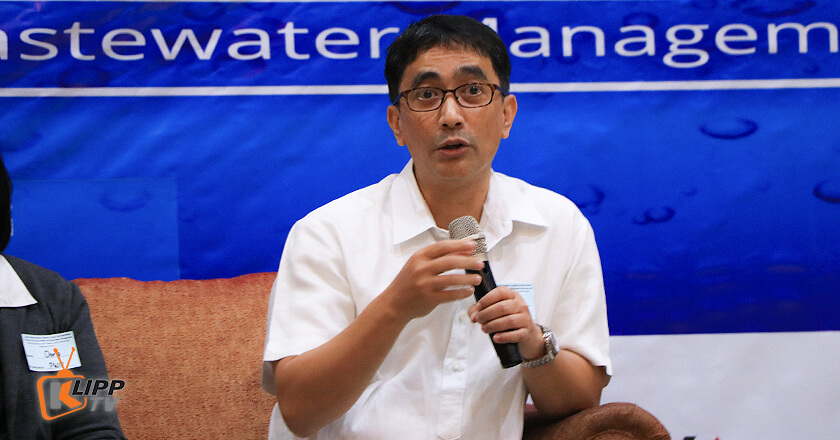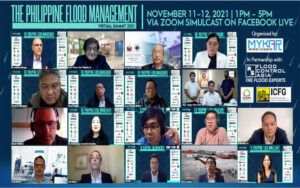
Clark Hosts Nationwide Water Management Discussion
CLARKFIELD, PAMPANGA – Water resource management advocates, stakeholders and local government unit (LGU) leaders on Wednesday, September 20, 2017 agreed on the urgent need to increase local participation in formulating and implementing policies that affect water rights, water use and wastewater management.
The discussion dubbed as “Local Development means Local Involvement: The Role of the LGUs in Water and Wastewater Management” was held at Hotel Stotsenberg in Clark Freeport Zone, Pampanga after previously being conducted in Legazpi City, Lapu-Lapu City and Cagayan De Oro City.
During the roundtable discussion (RTD), Pampanga Association of Water Districts (PAMAWD) President and Angeles City Water District General Manager Reynaldo Liwanag said that many Local Water Districts (LWDs) admitted that keeping up with the development of their respective areas was the biggest challenge facing their sector today.
Bridging The Gap

PWP Chairperson Atty. Nathaniel Santos on water resource and wastewater management.
Project conveyors include the Philippine Water Partnership (PWP), the National Water Resources Board (NWRB), the League of Cities of the Philippines (LCP), the League of Municipalities of the Philippines (LMP), and ISTRATEHIYA (STRATEGY). PWP is a non-government organization affiliated with the Global Water Partnership which assists the Philippine government provide a neutral venue for discussions on integrated water resources management.
PWP Chairperson Atty. Nathaniel Santos said that the discussions are part of efforts to better understand and define the roles of LGUs in local water resources management and development.
“At the end of these discussions, we hope that the insights gathered from LGUs during the series of RTDs in Luzon, Visayas and Mindanao will provide national government policy makers and development planners with a better understanding of the current situation at the local level so that they can formulate appropriate measures to address common gaps, issues and challenges.” said Santos.
In addition, advocates like Santos are optimistic that the RTDs being conducted will further improve the relationship between water districts and their respective LGUs.
Water Management: A Shared Responsibility
It is also said during the discussions that water districts should work overtime to adequately service their customers given the fast pace of development in Central Luzon.
“In Angeles, we are able to supply our customers, but we can barely keep abreast with the city’s development,” said Liwanag, a mechanical engineer who is actively involved in water district associations.
“Almost all LWDs say this is the challenge: how to ensure supply keeps up with development.”

Water resource advocates, stakeholders, LGU execs gather for a round table discussion on water management policies.
The Philippine Statistics Authority (PSA) earlier this year announced that in 2016, Central Luzon recorded its highest economic growth rate in six years at 9.5%. The figure is higher than the country’s 2016 national growth rate of 6.9%. The PSA pegged the gross regional domestic product (GRDP) of Central Luzon at 773.28 billion pesos, 67 billion pesos greater than the region’s economic output in 2015.
With the third highest gross domestic product (GDP) in the country—just behind the National Capital Region and Davao—Bureau of Internal Revenue Revenue Region 4 (RR4) Regional Director Jethro Sabariaga said this would have a positive effect on the collection of revenues for government and help sustain economic growth in the region.
“Ensuring water supplies and wisely managing water resources is a key component to sustaining the robust growth of Central Luzon,” Santos said.
“The continued success of economic zones like Clark and other growth centers in the region depends a lot on how LGU execs and LWDs manage precious water supplies for local residents and businesses, especially in light of increased demand as a consequence of increased trade and investments,” Santos added.
NWRB data reveals that the freshwater resources in the Philippines totals 149.5 billion cubic meters per year. On the other hand, Philippine consumption, according to available data from the World Bank, is estimated at 81.6 billion cubic meters annually. Water distribution in majority of the country relies mainly on independent LWDs, each with their own regulations and policies. Private investors who want to partner with these LWDs have to work with LWDs and LGUs to develop water supply projects to serve local communities.





